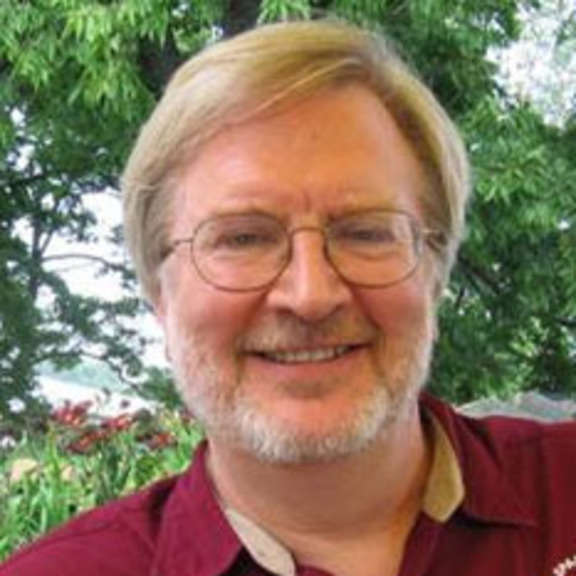Planetary Radio • Feb 18, 2014
Getting Humans to Mars Without Breaking the Bank
On This Episode

Harley Thronson
Senior Scientist for NASA Goddard Space Flight Center
NASA scientist Harley Thronson tells us about a new initiative that is figuring out how we will get men and women to the red planet at a reasonable price. You can read their initial report. Emily Lakdawalla reports on Curiosity’s passage over dunes that made engineers nervous. Bill Nye reveals NASA’s plans for a lunar rover that may launch in 2018. Mat Kaplan joins Bruce Betts in a TV studio to record this week’s What’s Up segment. You can watch!
Related Links:
- “Affording Human Exploration of Mars” Workshop Report
- Curiosity Update, Sols 534-540: Over Dingo Gap, Onto Softer Sand
- NASA Planning Lunar Rover That Will Mine Water
- Bruce Betts’ Online Intro to Astronomy Course
This week's prize is "Beyond Earth," the beautiful, letterpress 19"x25" poster from Chop Shop. See it at chopshopstore.com.
This week's question:
What was the brightest supernova as observed and recorded historically, and approximately how bright was it?
To submit your answer:
Complete the contest entry form at http://planetary.org/radiocontest or write to us at [email protected] no later than Tuesday, February 25, at 2pm Pacific Time. Be sure to include your name and mailing address.
Last week's question:
What is the region in the electromagnetic spectrum that is between ultraviolet and gamma rays?
Answer:
The answer will be revealed next week.
Question from the week before:
What comet did the astronauts on Skylab IV observe?
Answer:
Comet Kahoutek was observed by the astronauts on Skylab IV.


 Explore Worlds
Explore Worlds Find Life
Find Life Defend Earth
Defend Earth

